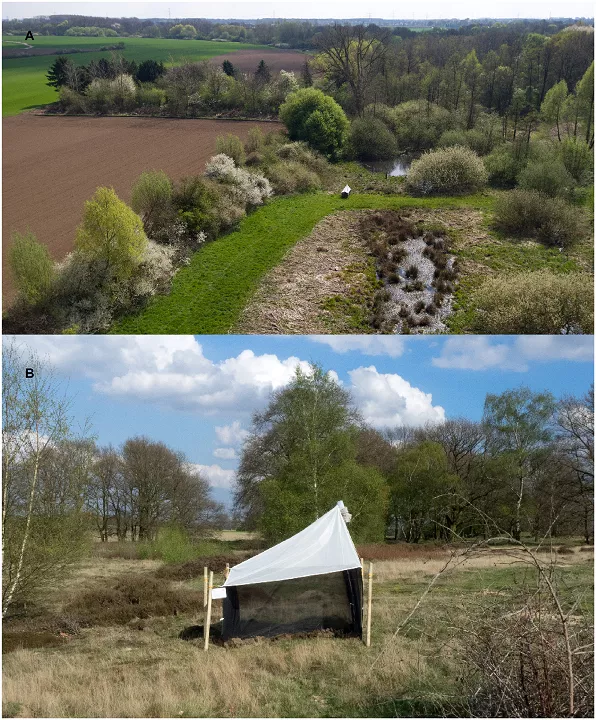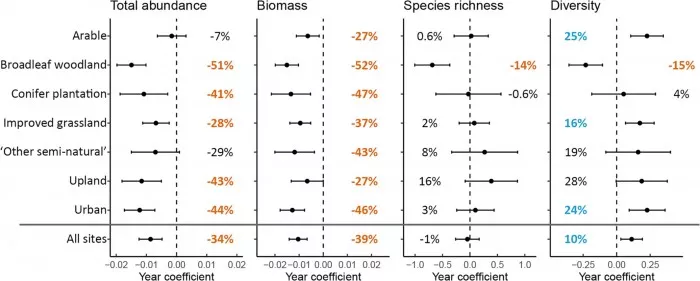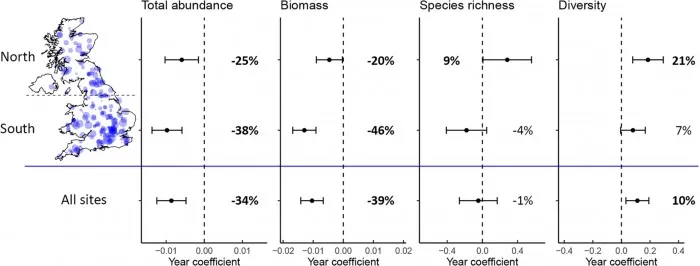New evidence suggests that rumors about flying insects in Britain are true - fewer dead flies are on the windshield of cars in the country than in the past. A citizen science survey in the UK found that the number of flying insects hitting cars fell by 58.5% between 2004 and 2021, based on the number of flying insects hit by drivers on license plates.

"It's dramatic and worrying," said Matt Shardlow of buglife, the charity that led the work
In recent years, there has been growing concern that some food crops may be affected by the decline in the number of insects worldwide, especially pollinators. A recent study found that in the hardest hit areas, climate change and agriculture have reduced the number of insects by almost half. But most monitoring of flying insects is based on their distribution, not on their number.
In order to better understand the changes of fly population, buglife asks the driver to wipe the license plate before traveling, then uses a sampling grid to calculate the number of flies killed on the license plate when reaching the destination, and uploads the results to the application. Dividing the number of insects by the travel distance, the researchers were able to get the "number of insects per mile".
This index fell from an average of 0.238 per mile in 2004 to 0.104 in 2021, down 58.5% across the UK. "This confirms what we already know - that the number of insects is declining. There seems to be no reliable explanation except for the sharp decline in the number of insects." Dave goulson of the University of Sussex, who was not involved in the study, said.
The rate of decline is similar to that reported by a study in 2017. The latter found that the biomass of flying insects in Germany had decreased by 76% in the past 27 years.
The buglife survey found that the largest decline in insect numbers per mile was in England (65%), followed by Wales (55%) and Scotland (27.9%). Shardlow said that this regional difference may be due to less light pollution in the north, less pesticide use (due to less cultivated land) and less impact of climate change.
A previously published paper found that the number of moths decreased by more than half between 1968 and 2016, although the forest area of broad-leaved forest, the main habitat of moths in the UK, continued to expand. The authors say climate change may be part of the reason.



